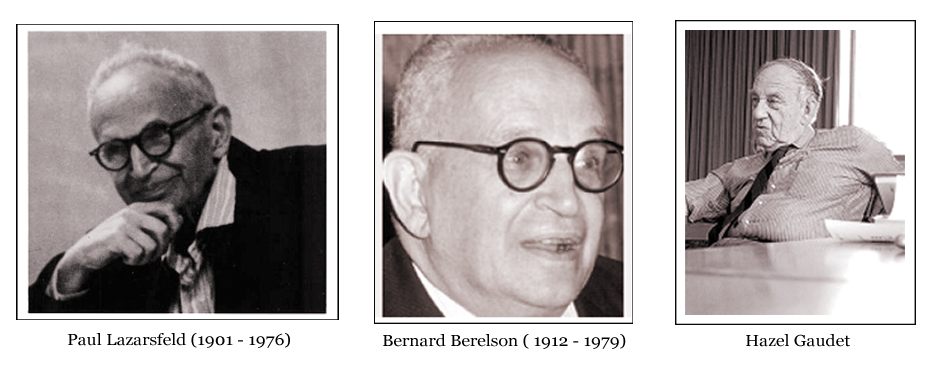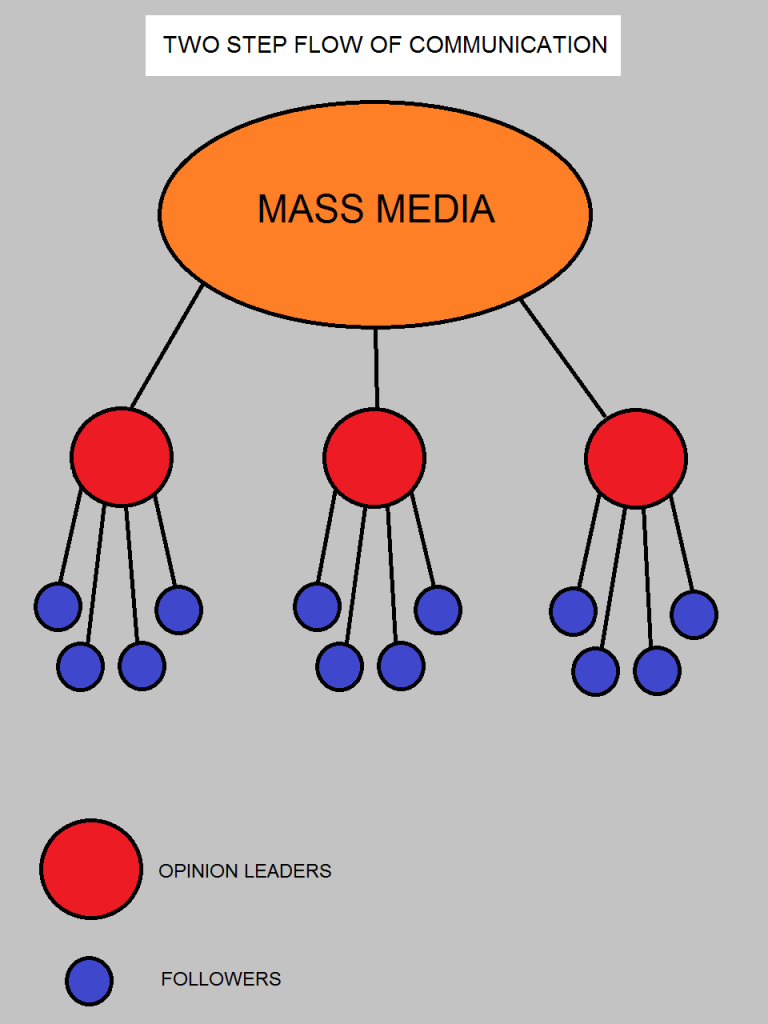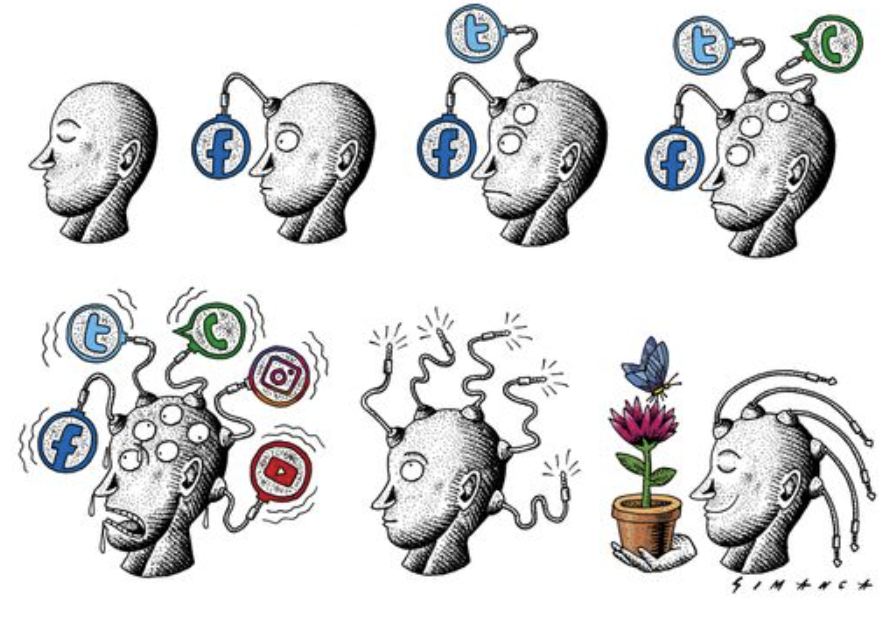Paul Lazarsfeld, Bernard Berelson, and Hazel Gaudet revolutionized information dissemination with their 1944 publication of a two-step flow theory of communication (The People’s Choice: How Voters Make Their Decisions). This theory played an instrumental role in presidential campaigns, significantly shaping our understanding of information dissemination and opinion formation. Now let’s delve deeper into this theory, its applications in different fields, and the best format to write for a blog. Let us go over this theory thoroughly so we can create more topical blog articles! Looking back to social influence research from the 1940s, one can identify an impressive breakthrough: media effects no longer directly affected people but were achieved indirectly via influential opinion leaders. This theory, known as two-step communication, utilizes two key steps of information and influence: First, information is disseminated via mass media to individuals known as opinion leaders, who will then relay this news to a wider society. Two-step communication theory rapidly gained wide recognition and research consideration across different fields. Advertisers and marketing professionals alike have long utilized consumer behavior theory in an attempt to gain greater insights into consumer habits and formulate more precise targeting strategies. Politics have also witnessed tremendous advances, with candidates and political strategists using voter mobilization strategies as well as political advertising to use this theory for effective voter mobilization efforts and advertising efforts. At the same time, two-step communication theory has proven useful for the fashion industry and scientific innovation analysis and understanding, helping explain and predict prevailing fashion trends and the success of scientific innovations. As is true of most theories, two-step communication theory has come under scrutiny and criticism. Some scholars argue that it oversimplifies information dissemination by disregarding modern social media platforms like the Internet as well as direct interpersonal communications between individuals. As a result, numerous revisions and modifications were necessary before it reached its current form. It should also be mentioned that opinion leaders can take on various characteristics and definitions depending on the fields and social groups in which they exist.
The model mindmap

In an office environment, managing directors may be viewed as opinion leaders because they provide detailed information and guidance to employees. In the public sphere, political leaders are usually considered opinion leaders because they exert an important influence on political opinions and ideas. However, it should be noted that opinion leaders are usually influential only among specific social groups, not among all groups. In the public sphere, the influence of political leaders is often more significant. Their political views and decisions can influence public opinion and behavior. In this case, people tend not to be isolated from the leader’s views but rather to be influenced by them, supporting or opposing their policies. Katz and Paul advance the idea that media information flows first to opinion leaders, who then pass it on to less active groups. Through this dissemination process, opinion leaders can add their own opinions and interpretations, thereby influencing low-active users. In some cases, opinion leaders filter the actual content to ensure people want the information.
Most opinions are selective in how they convey information to specific target groups, typically those on the lower end of the media user spectrum, such as poor people and workers without access to direct sources of knowledge. Overall, two-step communication theory provides us with a useful framework for comprehending the complexities involved with information dissemination and opinion formation. Although criticized and challenged, sociology still serves an integral purpose in various fields and helps us better comprehend social interactions and information dissemination. This theory’s ongoing development and revision are proof that there remains great interest both academically and practically in better comprehending and implementing it. Future developments should reveal further aspects of information dissemination and opinion formation. At a time when information flows at unprecedented speeds, understanding its complexity is becoming increasingly crucial for both consumers and policymakers. Two-step communication theory offers us a deeper insight that allows us to evaluate information more intelligently. Further, this theory serves to remind us that even in this digital era, interaction among individuals and opinion leaders still matters greatlyвАФsomething that could shape the future of the information age by providing deeper understanding and wisdom for us all.





Clearly explained the background of the two step flow theory with the timeline, and what is two step flow theory. Having really deep research on how two step flow theory is applied in different fields by mentioning advertising, marketing, politics… those different ways that involved two step flow theory and wrote about how the two step flow theory be in it. However, it might be taking some other’s opinions, for example, including what other people think that not support or not believe there is only two step, and the reason for their points.